More details emerge on a larger dual screen Windows Core OS device, codenamed Centaurus and reportedly coming in fall of 2019
3 min. read
Published on
Read our disclosure page to find out how can you help Windows Report sustain the editorial team. Read more

We’ve seen a lots of patents related to Microsoft’s “Andromeda” mobile device over the years, but it now seems that the company could be more interested in a bigger, non-pocketable version. This bigger device was first mentioned by Brad Sams in his new book chronicling the origins of Microsoft’s Surface business, and the existence of this larger dual-screen device has just been confirmed by a second report.
According to Zac Bowden from Windows Central, the larger folding device is codenamed “Centaurus” and is powered by an Intel processor. Just like Andromeda, Centaurus will run Windows Core OS, the new modular version of Windows that will work on dual-screen devices (as well as the the next-gen HoloLens and Surface Hub), but the presence of an Intel chip will allow Centaurus to run bridged desktop apps from the Microsoft Store.

Because of its bigger form factor, Centaurus is expected to provide a laptop-like experience with one screen providing a virtual keyboard and trackpad, and another screen providing the Windows 10 desktop we all know and love, with support for windowed apps. Just like Sams said in his book, Windows Central expects Microsoft to unveil Centaurus in the second half of 2019, assuming the company doesn’t change its plans in the coming months.
Even though Microsoft is reportedly focusing its efforts on a larger dual-screen tablet, this doesn’t mean that the pocketable “Andromeda” device has been put back on a shelf. According to Windows Central, Microsoft is well aware that a larger version that can provide a familiar desktop experience could have more chances to succeed in the market.
I’m told that Microsoft has put Andromeda on hold and is prioritizing the release of Centaurus instead. That’s all in the name of ensuring that Andromeda has a successful launch when Microsoft finally decides to re-enter the mobile market. The problem with Andromeda is that when it’s being used as a phone, it’s too small to take any real advantage of Win32 programs, and there aren’t enough Progressive Web Apps (PWAs) or Universal Windows Platform (UWP) apps in the store for people to warrant buying one as a phone.
As we’ve seen with Windows Phone, an OS without a strong ecosystem of third-party apps is pretty much dead on arrival, and the same thing could well happen with the first wave of Windows Core OS devices. But interestingly, Microsoft could fill the app gap on Andromeda by resurrecting Project Astoria, the emulation of Android apps on Windows 10 Mobile that Microsoft ultimately abandoned. “I’m told Microsoft is also considering (but hasn’t committed to) the use of Android apps on Andromeda as another way to fill the void of apps when being used as a phone, but that’s something I’m still digging into at this time,” Bowden wrote.
Now that PCs, tablets and smartphones have matured, it’s pretty hard to create innovative form factors powered by new operating systems. Now that both iOS and Android have crossed 1 billion users (something that Windows 10 has yet to do), will Windows Core OS be able to succeed where Windows Phone failed? That’s a very difficult question to answer, but a Windows device that can’t run all existing Windows apps may never be able to replace the good ol’ smarphone/laptop combo.
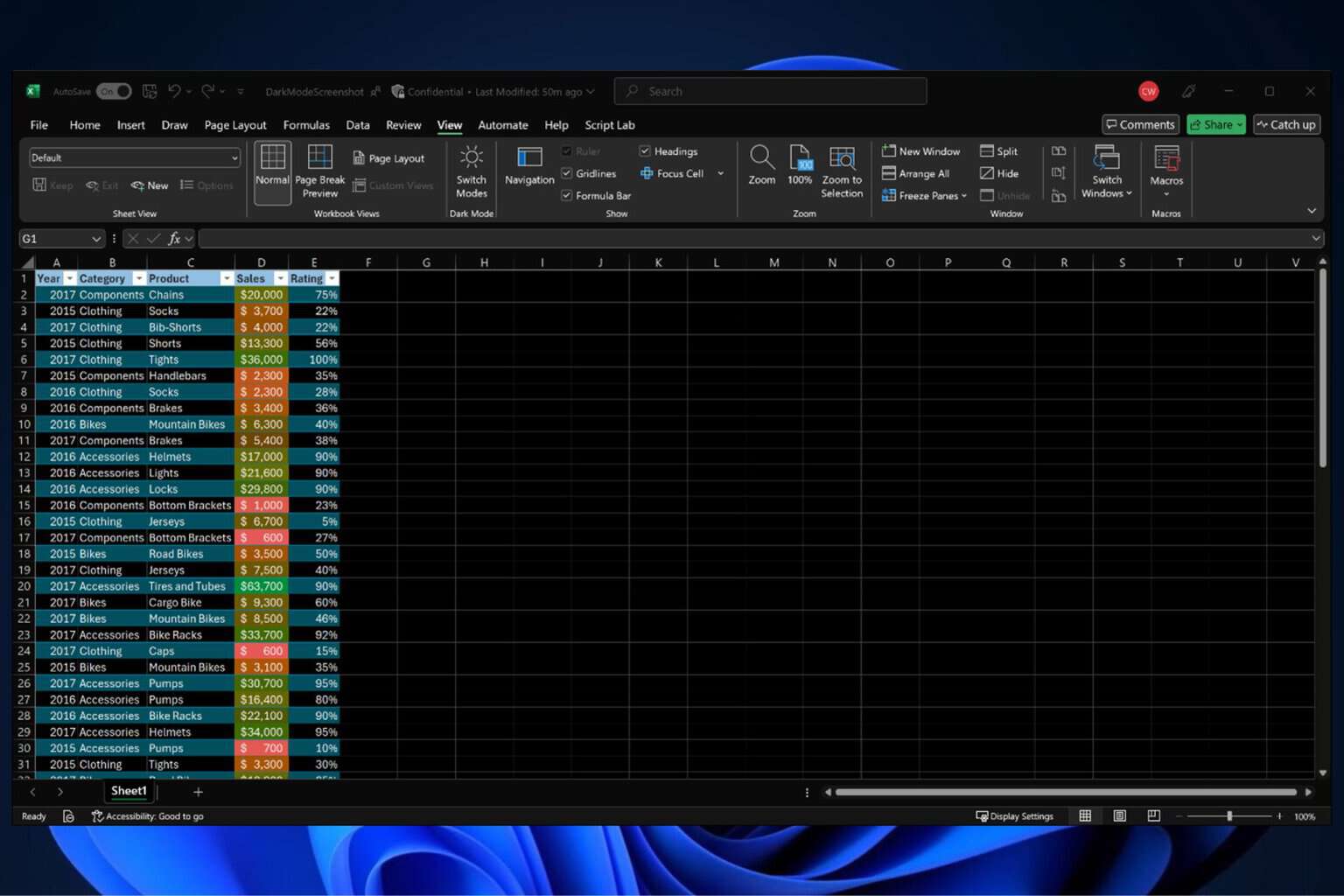
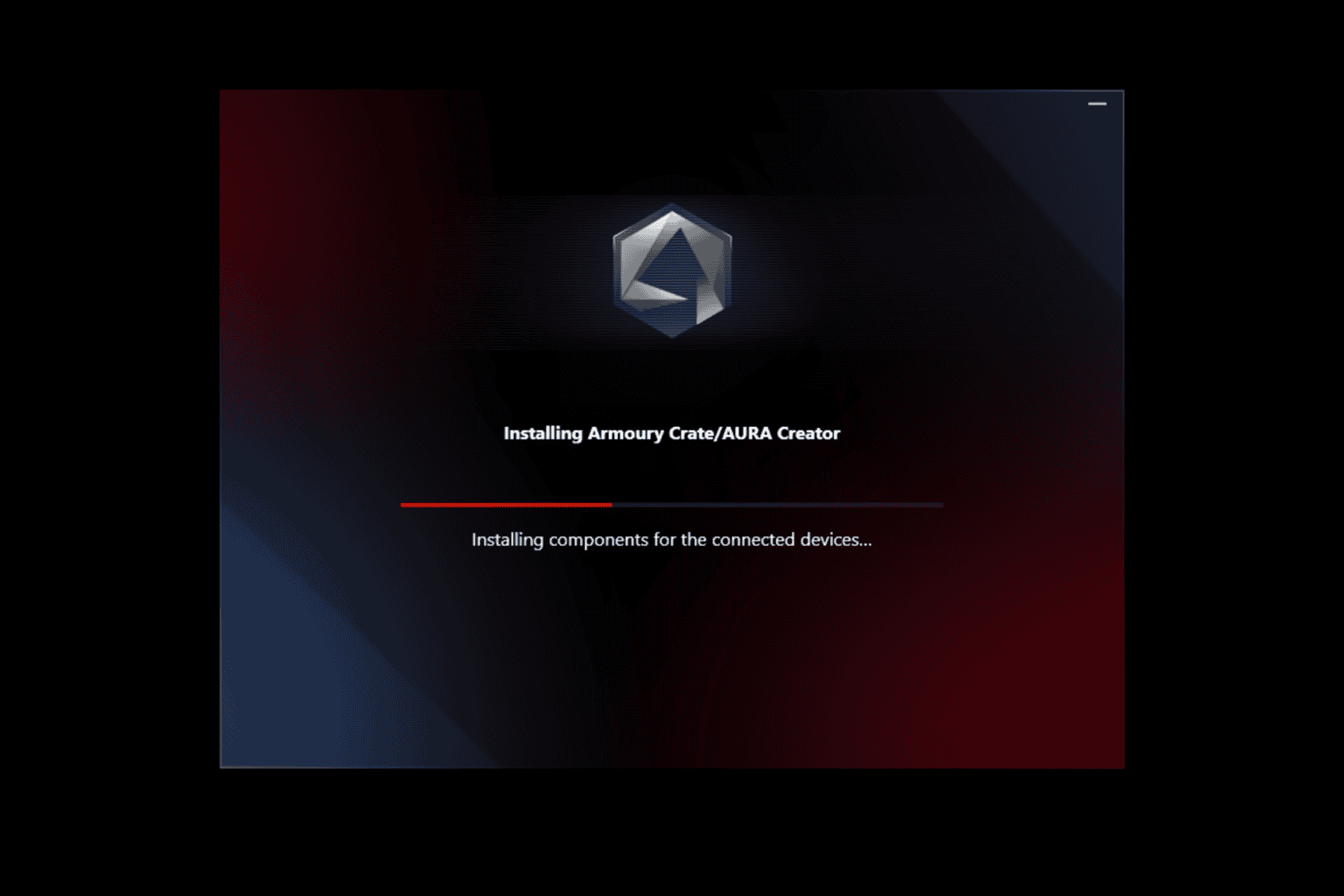
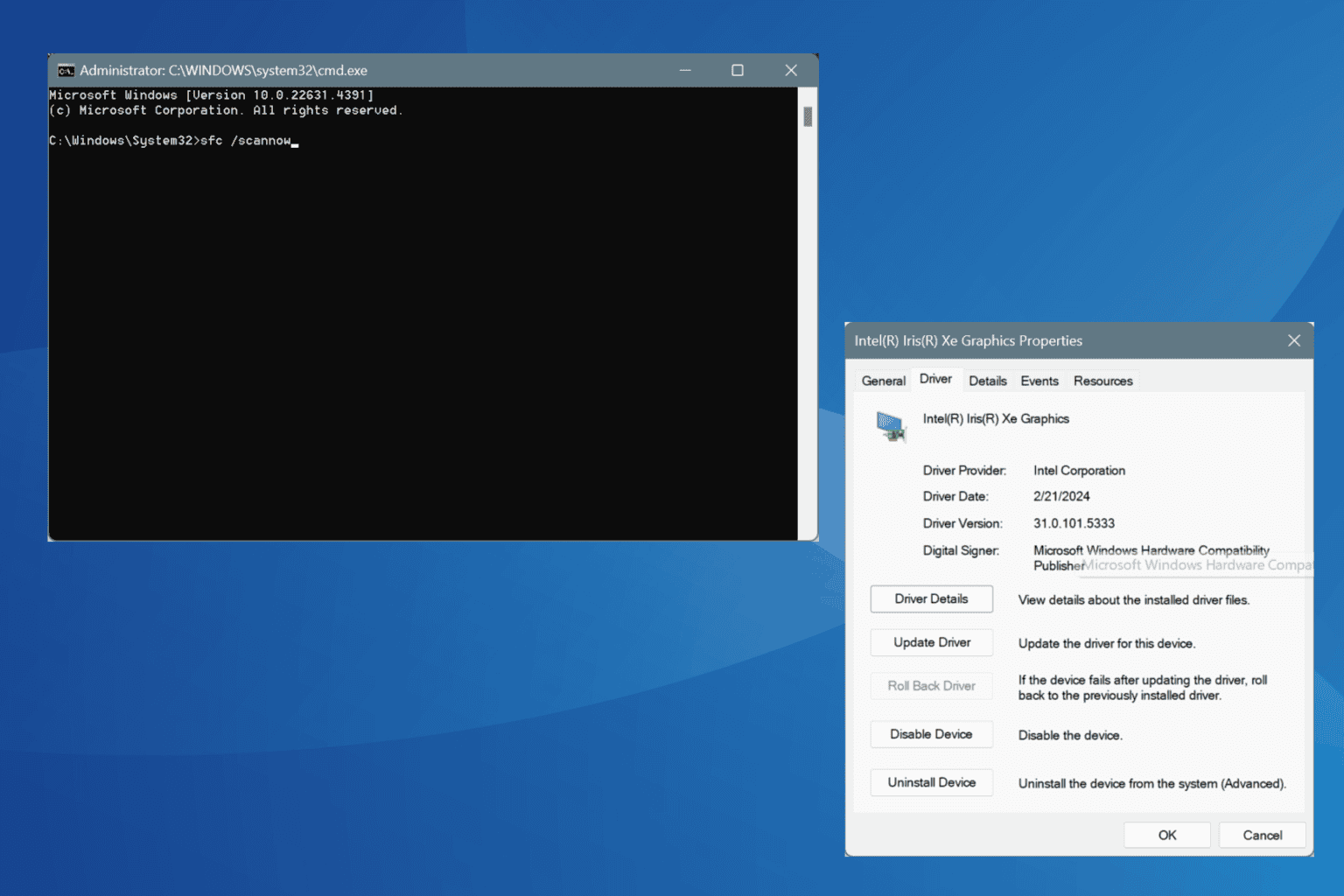
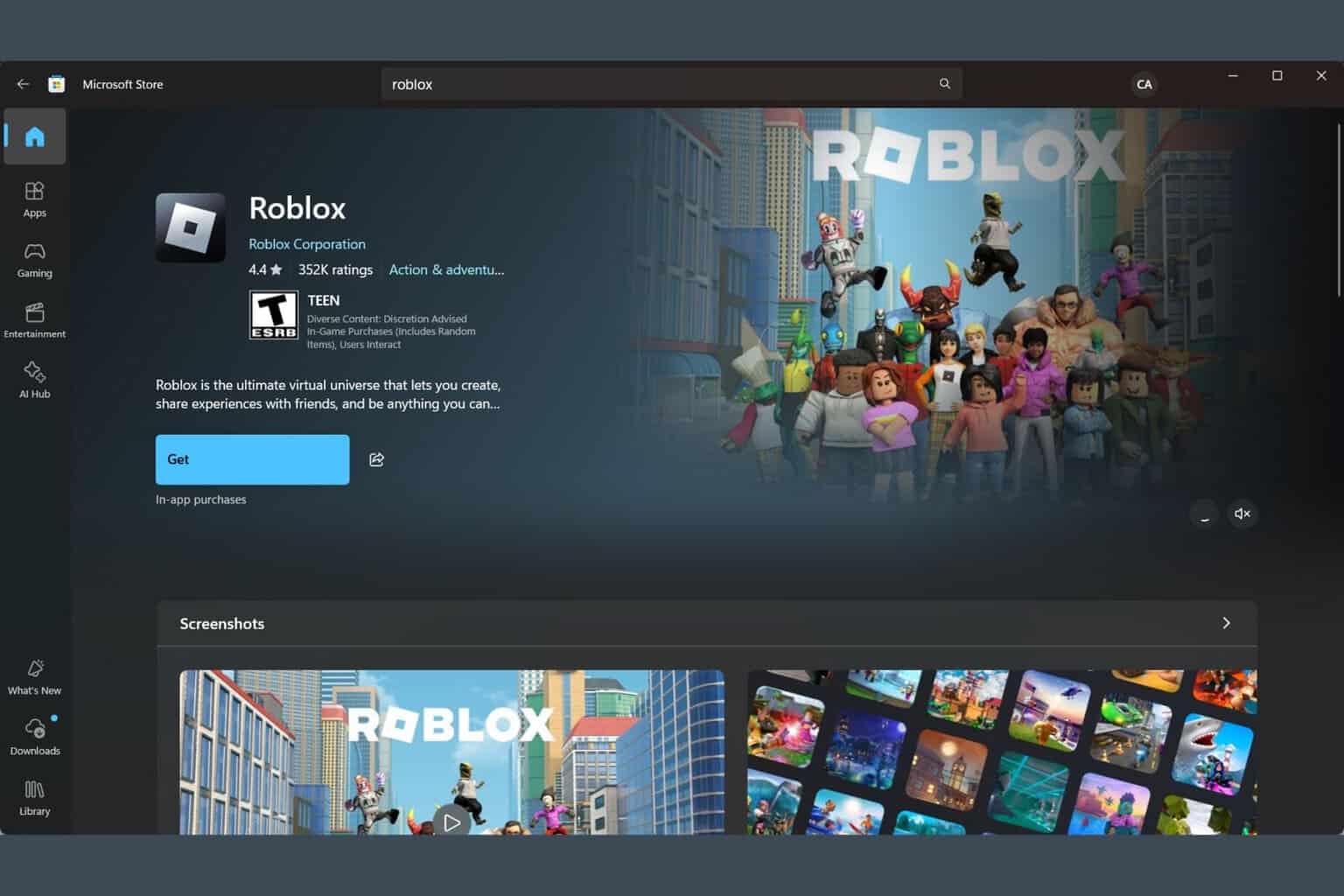
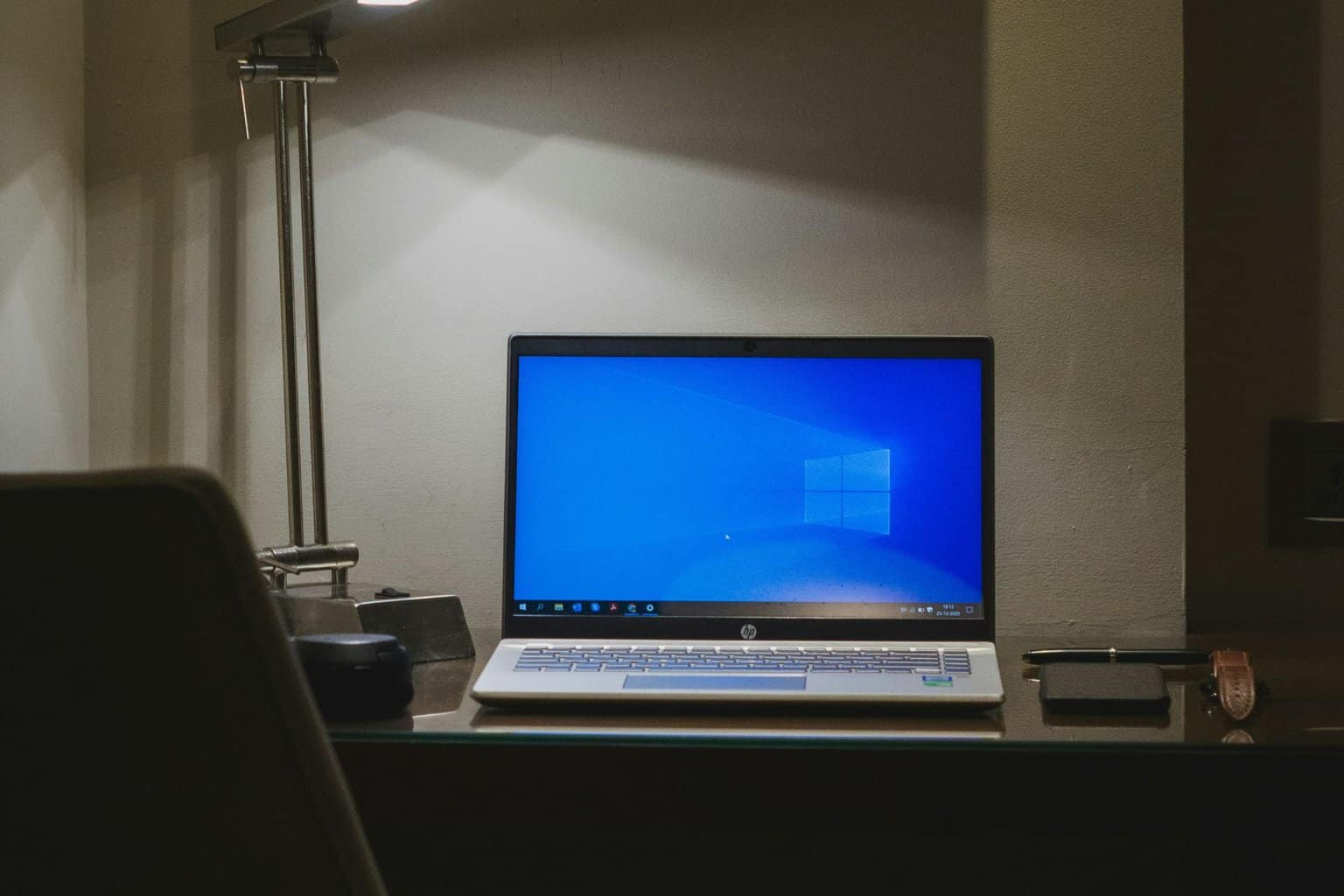
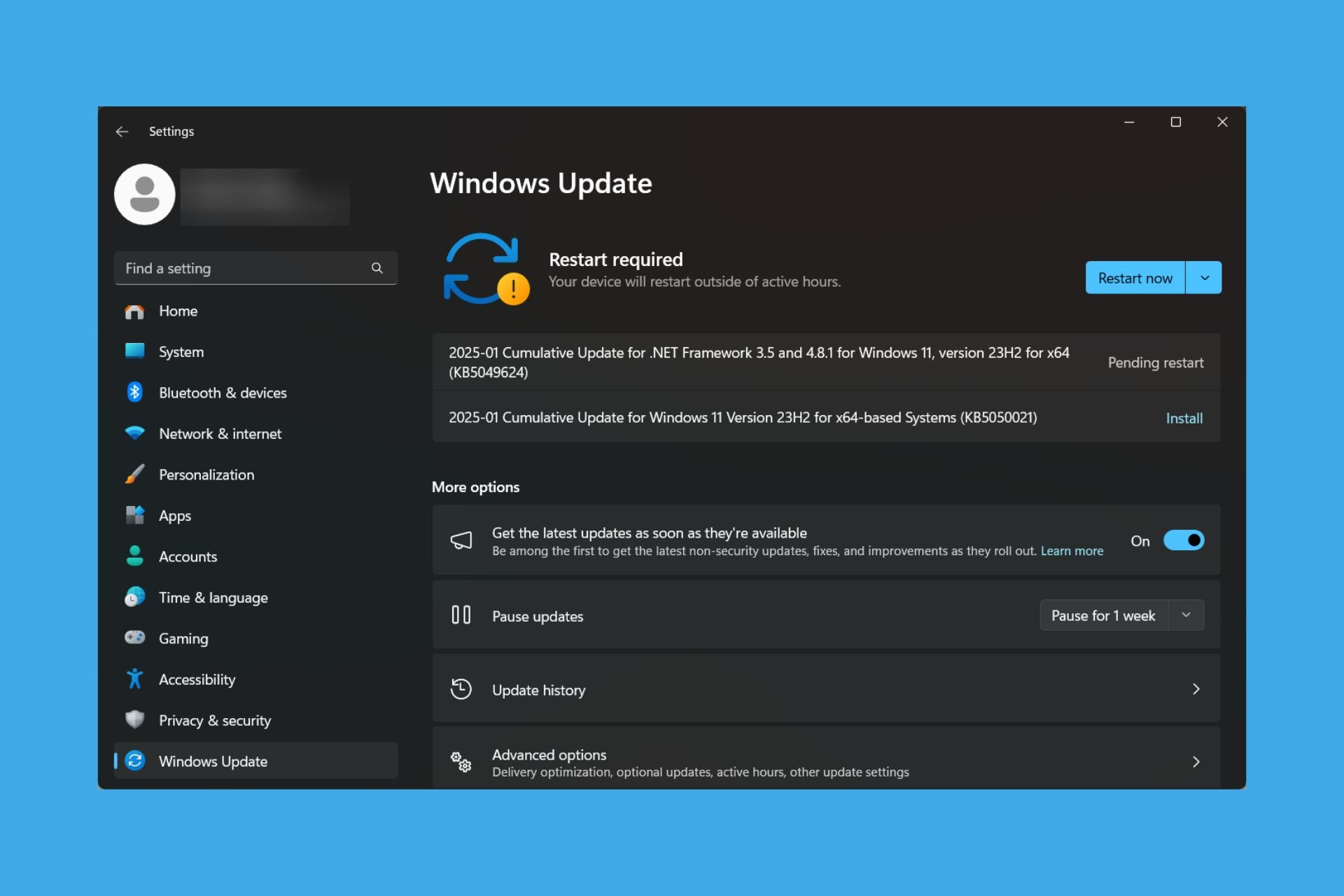
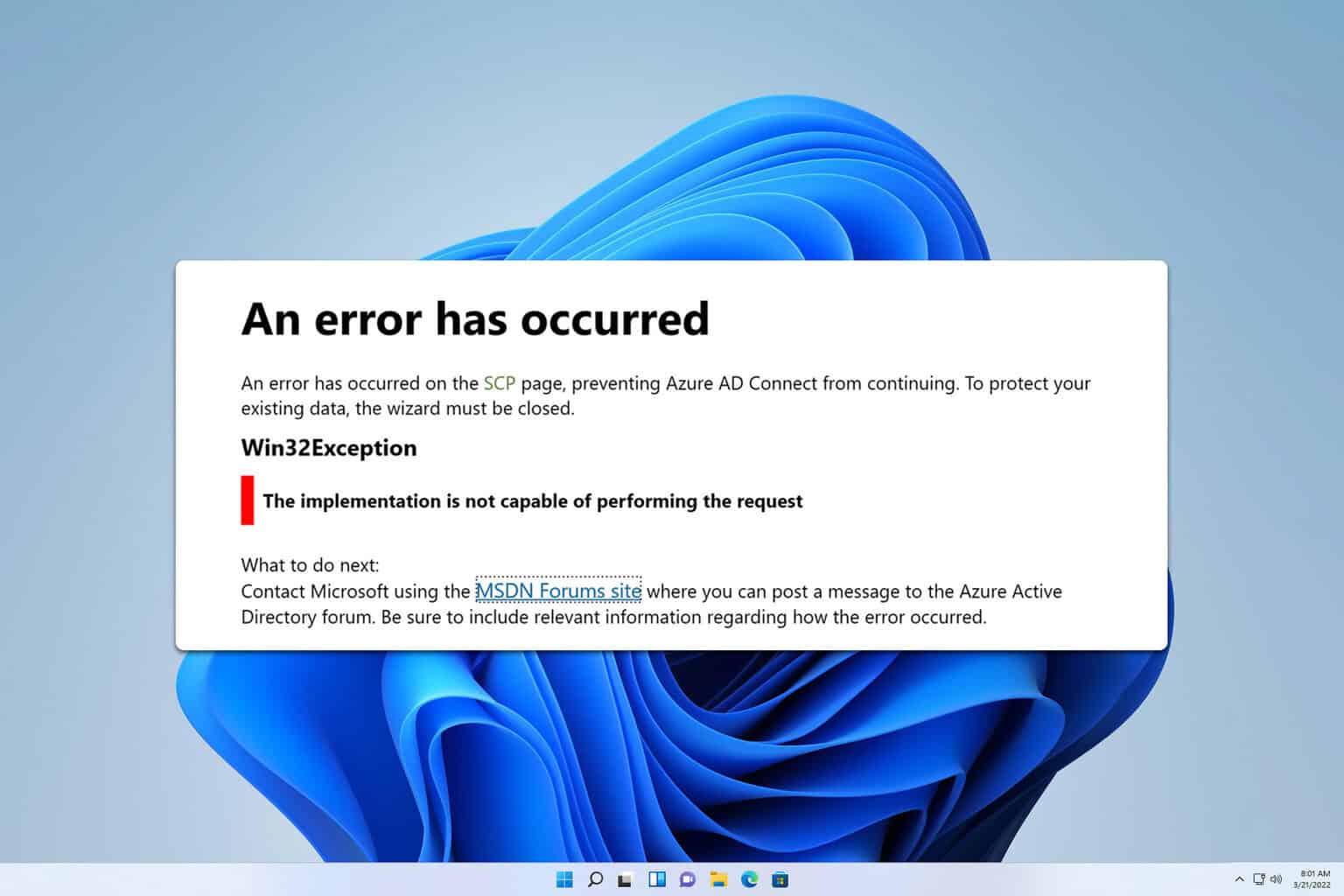

User forum
0 messages